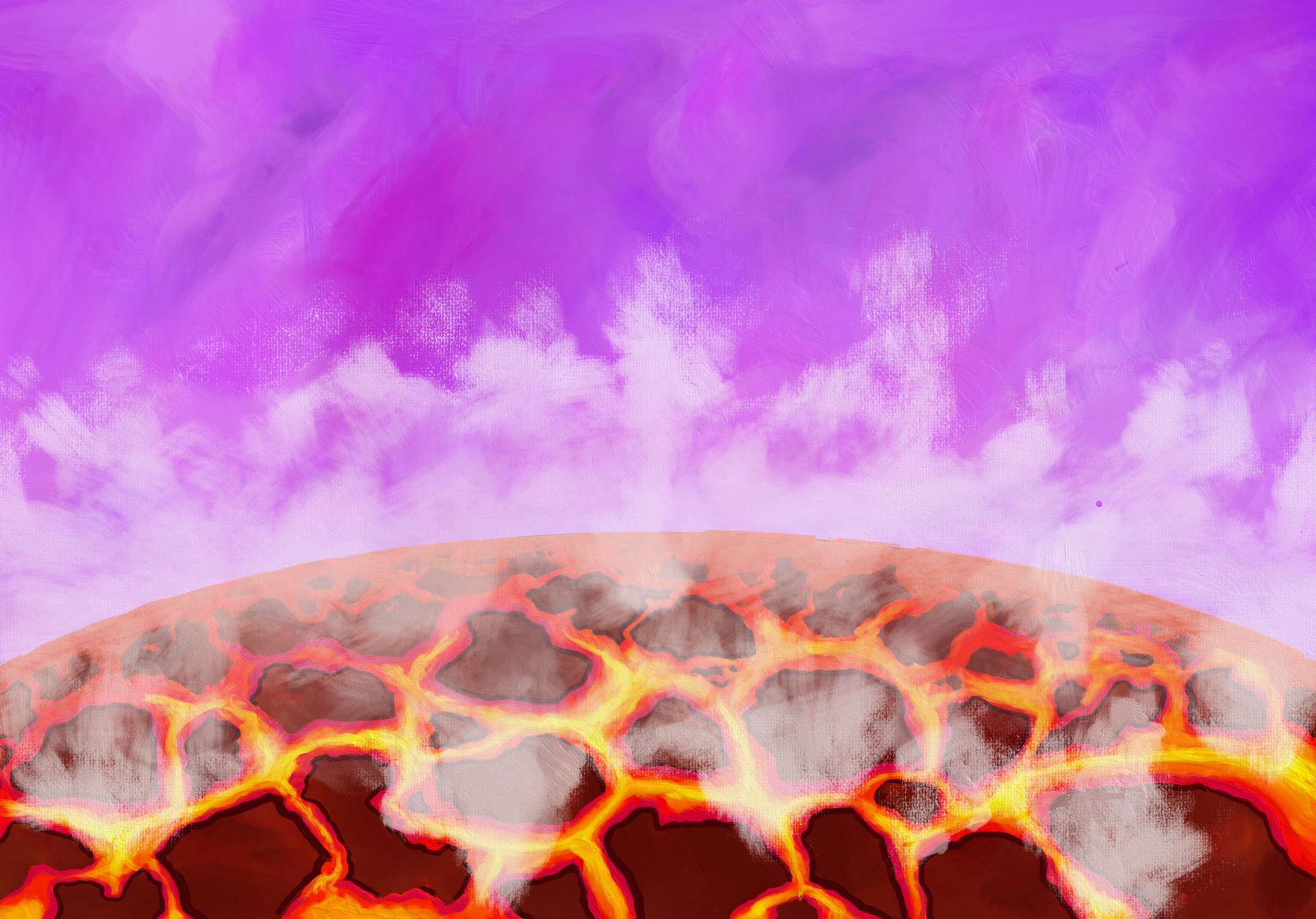Press release: New theory predicts Earth-like aqua planets exist around red dwarfs

Recent exoplanet exploration has focused on the discovery of temperate rocky planets like the Earth, which are often called habitable planets. Most of the recent missions are targeting stars cooler than the Sun. Such stars are known as red dwarfs or M-type stars, which are numerous in the solar neighbourhood. It is known that not only moderate insolation but also an adequate amount of seawater is necessary for a planet to maintain a temperate climate. Previous planet formation models, however, predict that the occurrence rate of planets satisfying such conditions around M-type stars is very small. New simulations conducted by Tadahiro Kimura, a doctoral student from the University of Tokyo and Prof. Masahiro Ikoma from the Division of Science, NAOJ (PI of Project A03) have focused on the formation of a hydrogen-rich atmosphere from the protoplanetary disk and water production via the reaction between the atmosphere and the magma ocean. They have developed a new planet formation model and, thereby, have predicted the amounts of seawater that exoplanets orbiting M-type stars would have. As a result, their estimate shows that several percent of planets with Earth-like radii and insolation orbiting M-type stars have moderate amounts of seawater. This suggests that the discovery of planets with temperate climates in the next decade is likely. The research results have been published in Nature Astronomy on 29 September 2022, GMT.
To read the full press release, please visit the website of the Division of Science, the National Astronomical Observatory of Japan:
https://sci.nao.ac.jp/main/en/highlights-en/20220929
* Figure credit
Artist’s impression of the molten surface of a young rocky planet reacting with its primordial atmosphere to form water vapor (drawn by Tadahiro Kimura).
